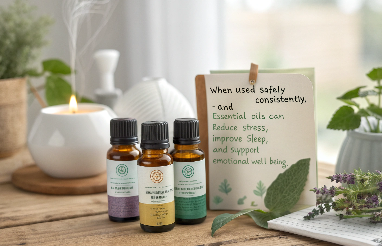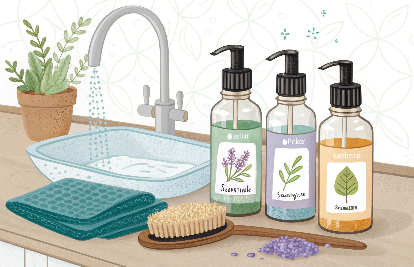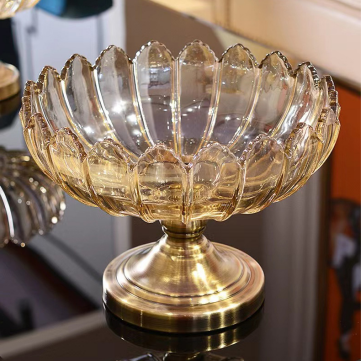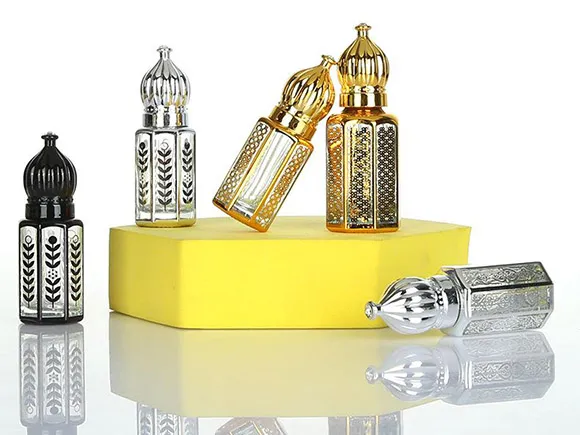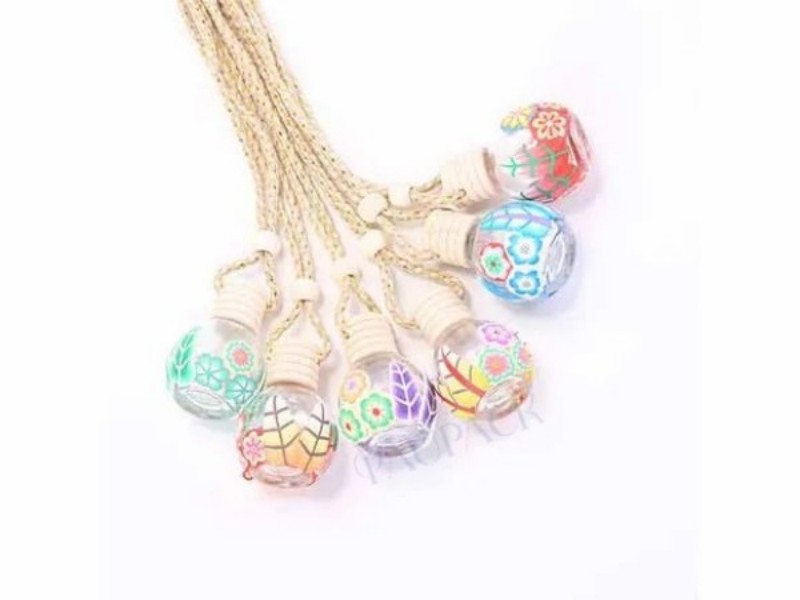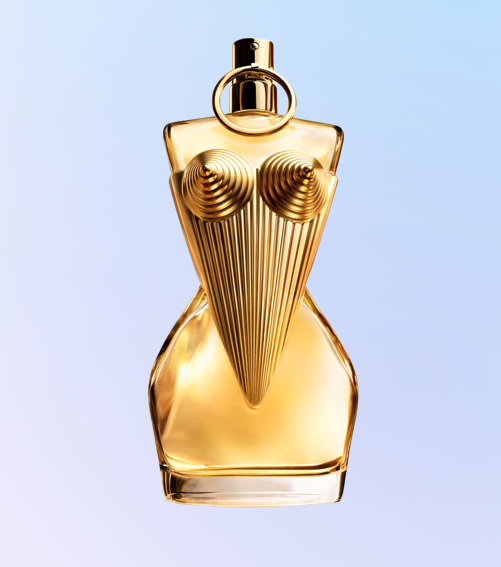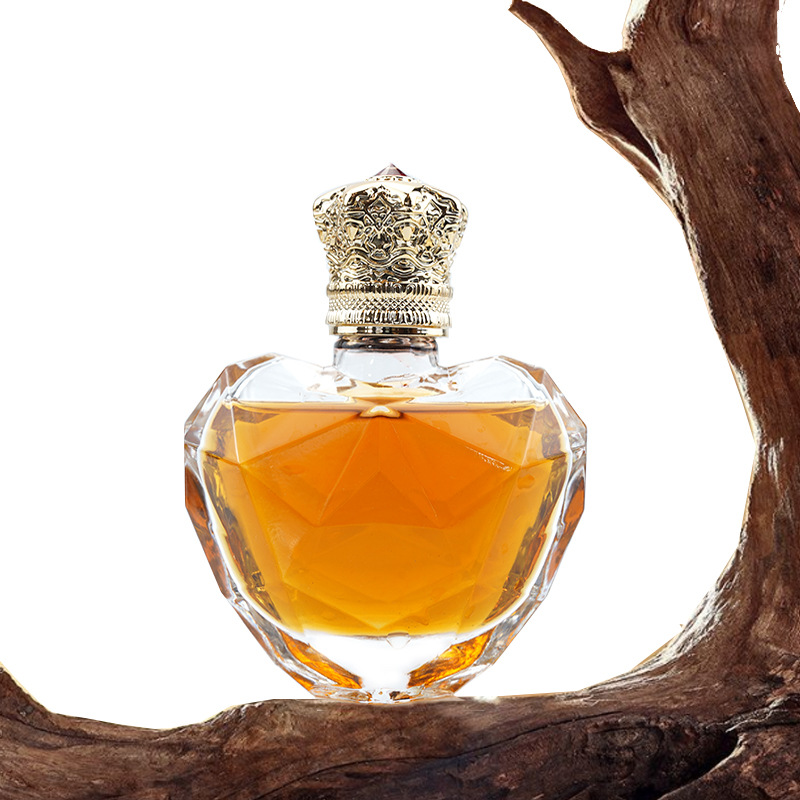Reusing bottles is great for the planet—but not if your new blend smells like last month’s peppermint.
Essential oil glass bottles should be cleaned using hot, soapy water, rinsed thoroughly, and sterilized with boiling water or rubbing alcohol to ensure all residue and odors are removed.
Whether you're a DIY enthusiast or a brand preparing for refillables, proper cleaning ensures product safety, preserves scent integrity, and maintains a professional standard.
How to clean essential oil bottle glass?
You can’t just rinse and reuse—essential oils leave a strong, stubborn trace.
To clean essential oil bottles, soak them in warm soapy water, use a bottle brush to scrub the inside, then rinse thoroughly and let them dry completely.
This basic method removes most of the oil and dirt, but not all the scent or residue. For a deeper clean, you'll need a multi-step process.
Step-by-Step Bottle Cleaning
-
Disassemble: Remove dropper, cap, or spray mechanism.
-
Soak: Use warm water + dish soap; let sit for 30–60 mins.
-
Scrub: Use a bottle brush or cotton swab for corners.
-
Rinse: Flush thoroughly with hot water.
-
Dry: Air-dry upside down on a clean towel.
At PauPack, we recommend this base cleaning method for our customers using refillable packaging. For commercial prep, it’s just step one—we go further to ensure safety and purity.
Common Mistakes
-
Using cold water: Doesn’t loosen oil residue.
-
Skipping the brush: Leaves buildup in corners.
-
Air-drying in dusty environments: Introduces new contaminants.
How do you sterilize glass bottles for oil?
Clean isn’t always sterile. And for products like oils, especially ones used on skin, sterilization is key.
To sterilize glass bottles for essential oils, boil them in water for 10 minutes or rinse with 70% isopropyl alcohol, then let air-dry on a sterile surface.
This eliminates bacteria, mold spores, and leftover aroma—prepping your bottle for safe reuse.
Sterilization Methods
| Method | Steps | Best For |
|---|---|---|
| Boiling water | Place bottles (not lids) in boiling water for 10 minutes | Glass bottles (no plastic) |
| Isopropyl alcohol | Rinse or spray inside with 70% alcohol, then air-dry | Bottles with caps/sprayers |
| Steam sterilizer | Use baby bottle sterilizer or lab-grade device | Large batches of packaging |
| Oven dry (optional) | After boiling, place bottles in 220°F oven for 15 mins | Extra assurance, fast dry |
PauPack production lines include UV sterilization tunnels and alcohol rinse stations for packaging before filling. For smaller B2B clients, we provide pre-cleaned and sealed glass bottles ready for direct filling.
How to clean an essential oil spray bottle?
Sprayers have extra parts—and extra cleaning steps.
To clean an essential oil spray bottle, flush it with warm soapy water, pump clean water through the sprayer mechanism, then rinse with alcohol and allow to dry fully.
This ensures the tube and nozzle aren’t clogged with oil residue, which can alter spray pattern or spoil your next blend.
Cleaning Steps for Sprayers
-
Empty bottle completely
-
Disassemble sprayer (nozzle, tube, cap)
-
Soak all parts in warm soapy water
-
Flush sprayer by pumping clean water through it
-
Rinse with alcohol to sterilize and dry quickly
-
Let all parts air-dry before reassembly
We design PauPack spray bottles with removable heads and refillable chambers, making them ideal for eco-conscious or multi-use brands. We also offer instruction card templates you can include in your packaging—empowering customers to reuse safely.
How to get essential oil smell out of glass bottles?
That clingy smell of tea tree oil from 6 months ago? It’s not going away without a fight.
To remove essential oil smell from glass bottles, use a soak of baking soda and vinegar, followed by a rinse with hot water and alcohol.
Essential oils bind to glass surfaces and especially droppers. You need both physical and chemical cleaning methods.
Odor Removal Guide
| Solution | Purpose | How to Use |
|---|---|---|
| Baking soda + vinegar | Neutralizes odors, scrubs surface | Soak bottle overnight, rinse |
| Lemon juice | Cuts grease, freshens glass | Soak for 1 hour in diluted juice |
| Rubbing alcohol (70%) | Sterilizes + scent removal | Swirl and let evaporate |
| Activated charcoal | Absorbs strong lingering smells | Leave powder inside for 24–48 hours |
At PauPack, we’ve found that pairing proper bottle finishes (like acid-etched interiors) with tight-fitting caps minimizes long-term scent absorption—key for brands offering rotating seasonal blends in the same container shape.
Conclusion
Yes, essential oil glass bottles can be reused—but only if properly cleaned and sterilized. With the right steps, you protect your formula, extend your packaging’s life, and show your customers you care about quality at every drop.




